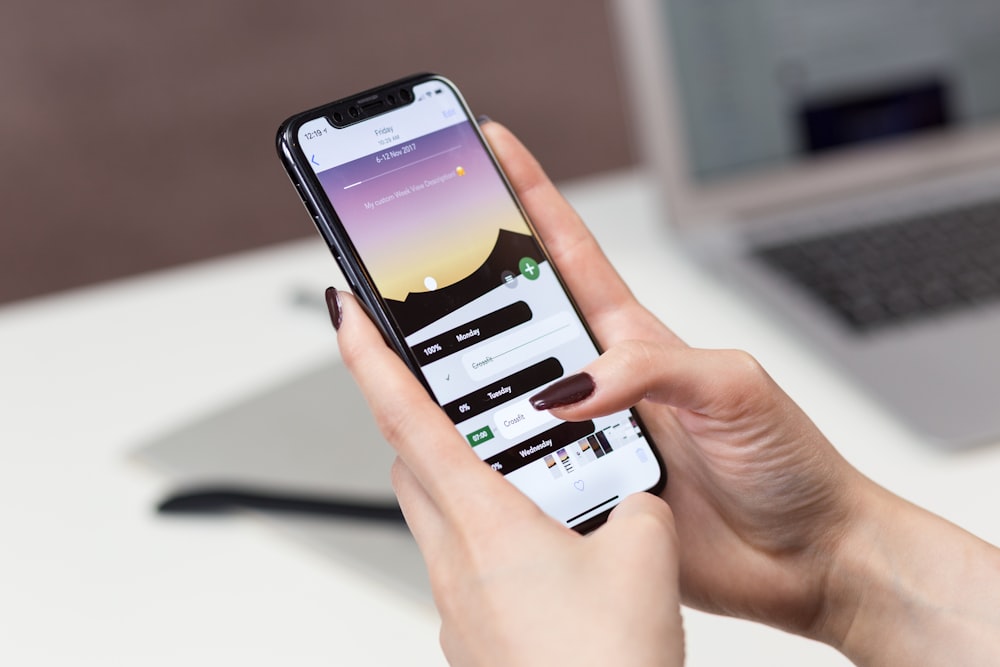
Why MVPs are crucial to the success of your start-up
The statistics of how many startups fail make with grim reading, with a mortality rate as high as 90%. The good news: we know the reasons why, and, we believe, an MVP, or minimal viable product, can help your startup overcome many of them.
For example, among the top 20 reasons startups fail that can be prevented (or the effects mitigated) by an MVP are:
- No market need (42%)
- Ran out of cash (29%)
- Pricing/cost issues (18%)
- User un-friendly product (17%)
- Ignore customers (14%)
- Lose focus (13%), and
- Failure to pivot (7%)
We all know services like Uber, Airbnb, Unsplash, and Foursquare which has disrupted entire industries and taken the world by storm. Our fascination with these “unicorns” has meant that we focus too much on the end product, instead of how they got where they are.
We know them today as highly functional apps with beautiful and sleek designs, fantastic user experiences, and extensive feature sets. The reality is, they all started as very basic and stripped-down versions of what you see today, some are even hard to recognize.
The prestige of these companies was to develop an MVP with a laser focus on their core features. With minimal resources, they managed to put something out there that captured the imagination of their users, solved a specific problem, and gave them a base to expand from.
Having made our point, let’s look at why MVPs are so crucial to a startup’s success, and how you can use it to the best effect.
Get to know your users (and how they use your product)
When it comes to designing new products, nothing can come as close to ensuring an accurate and successful product as understanding your audience. In fact, Mitch Stein who coined the phrase “user experience” while working for Apple had this to say:
“… You don’t ask the user what they want—you go out and live with them and literally become the user… You do it not just to tackle the problem you think you’re solving….”
In his book, Designing Products People Love – How Great Designers Create Successful Products, Scott Hurff makes the case that one of the biggest problems for any design company is not clearly understanding their customers, what their problems are, and how they use products in their everyday life.
What better way to do this than to actually put a prototype or MVP of your product in your customers’ hands and analyzing the results? And the best part is, you’ll be doing this before investing a tonne of time and money while having completed your core functions.
This is the most important benefit of having a completed MVP as it directly, or indirectly, leads to all the other benefits.
Another useful thing an MVP can make you aware of is any market segmentation in your niche. This will allow you to identify and cater to different types of users, and hopefully accommodating all of them without estranging any one group.
Photo by freestocks on Unsplash
Prove (or disprove) your core hypothesis
Developing an MVP can sometimes be a counterintuitive process. For some of us, it’s really difficult to boil down the whole range of amazing ideas we have into only the most necessary features.
To produce a useful MVP, you’ll need to come up with your core hypothesis first. It may seem ridiculous, but your core hypothesis can literally consist of only one or two questions that get right to the heart of the problem you want your product to solve.
That should highlight the core features that your MVP should have to have a chance to succeed.
When analyzing the success of your MVP, your core hypothesis should help you draw to answer the following questions:
- Does my core features satisfy users?
- If not, do I need to reevaluate them? Or, does the fault lie with the presentation, functionality, or misidentification of our user base?
- If so, what did we do right, and what does this mean for our next feature rollout?
Analyze product feasibility and business metrics
Another big reason why products, and sometimes entire startups, fail is because of the naive belief that all it takes to be successful is a groundbreaking design. “If you build it, they will come” – That may be true for the ghosts of famous baseball players, but it doesn’t quite hold water in the design business. Even if you found a real problem to solve, came up with a solution, designed a gorgeous interface, and put out a working product, doesn’t mean it’s financially viable.
More than a few multi-million dollar products have failed, despite glowing reviews from users. Vanity metrics, like “like-ability”, often get more attention than they deserve, and ultimately can distract from the vital, yet less sexy, business metrics.
On top of learning how your design went down with users, you should also get tangible feedback regarding:
- Whether your product is in alignment with market demand
- Whether your value assumptions were correct or need adjusting
- Whether the growth of your user base is on track with your goals
- Whether you need to adjust your revenue model
You’ll also get your first wave of paying customers. There are few better feelings than seeing those first few purchases or subscriptions roll in when you launch a new product. It will also mean you will finally get some financial traction after a long period of your resources’ one way trip into the project.
Photo by Carlos Musa from Unsplash
Save time and money
“Fail fast, succeed sooner” – David Kelley, founder of IDEO.
The more time and effort you invest in the development of a product, the more it will hurt if it fails. That should be apparent to just about everyone. The hope of not repeating some of the design industry’s most expensive, and embarrassing, blunders is what led to the ubiquitous adoption of agile development processes.
The idea is, that if you’re going to fail, then fail ASAP. That means getting to a point where you can test the core features of your product with the minimal investment of time and money.
Today, the MVP has almost become the poster child of this methodology. By cutting the fat, you’ll drastically reduce the complexity of the process and directly and indirectly reduce the time, effort, and money to put something that works in users hands.
In most startups, money and funding are almost always scarce, and any unnecessary overhead should be avoided.
Identify what features you need next
If you go with an MVP, it’s almost guaranteed that you’ll release your product on some kind of curve or in phases. The initial launch of your MVP should be when your core features are released. Gauging its performance and user feedback should help you identify what features to develop and release next.
For example, Uber started out with literally a map to set your pickup and dropoff point, the ability to add your credit card, and notifications. Different types of rides, payment methods, and safety features were added with time as the need for them became apparent.
Even in the worst can scenario, when you need to pivot completely into a new direction or product, your MVP can help inform those decisions.
Deliver proof of work to help secure funding
Fueled by the success stories of Unicorns that went on to change the world, some feel it’s never been easier to get venture funding as a startup. For the possibility of spectacular success, investors seem to be willing to overlook startups’ dire mortality rate.
However, just because it’s easier, doesn’t mean it’s easy.
Also, with so many startups popping up, the industry is also becoming more saturated and competitive than ever. In fact, according to Get2Growth, about 100 million startups open each year.
As more people start paying to attention to the stats and the shine wears off on the whole “Unicorn dynamic”, funding will not remain a given. Actually having put a product out there that’s shown measurable success, might just be the advantage you need to instil investor confidence and secure funding for even more ambitious projects.
Actually having launched something will also help your marketing team have a more interesting story to tell and will help you generate interest. With an MVP, you’ll have a much stronger case to make through crowdfunding sites like Kickstarter.
Get your MVP out there!
There is no methodology or technique can guarantee success, particularly in the fast-paced and often brutal startup landscape of today. However, an MVP can drastically improve your chances, and failing that, will at least allow you to fail less dramatically or to pivot before it’s too late.
In short, an MVP:
- Gives you a chance to see how end users use your product
- Will help prove or disprove your core hypothesis
- Allow you to track your trajectory in terms of business goals
- Minimize risk by saving time and money
- Help generate interest, and hopefully, more investment
A great minimal viable product might just be your startup’s most valuable player.



